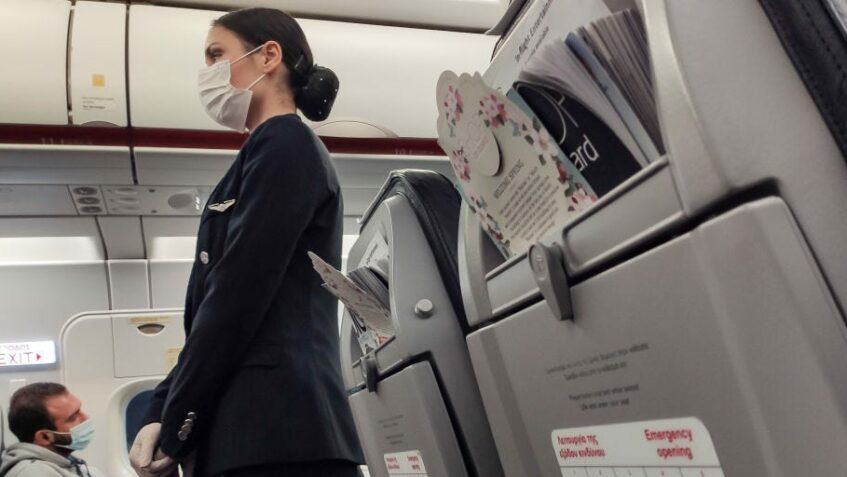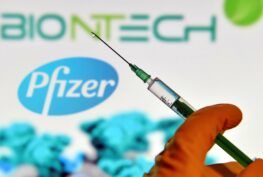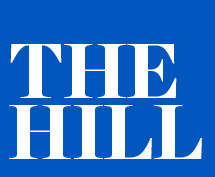Marc Siegel MD, a member of USA Today’s Board of Contributors, is a professor of medicine and medical director of Doctor Radio at NYU Langone Health. He is a Fox News Medical Correspondent and author of the new book “COVID: the Politics of Fear and the Power of Science.” Follow him on Twitter: @DrMarcSiegel
What I tell patients: Fly if you must, but keep your distance and wear your mask in both planes and airports. Fear is not your friend, but caution is.
After Sept. 11, 2001, I joined the multitudes who were afraid to fly. I knew it wasn’t rational, that I was statistically much more likely to be in a fatal accident in the 10-hour car rides I took with my young children to visit my in-laws in Detroit. In fact, over 40,000 people died in motor vehicle accidents in the United States in 2001, versus 525 deaths on commercial flights in 2001, including the 9/11 terrorist attacks, but it didn’t feel that way. People who were afraid of flying were far more likely to die in the car rides they took instead.
Fear ruled in those days, fear of terrorism, and we over-personalized the risk, and felt we could be next.
Flash forward to 2020, and I am once again afraid to fly, albeit for completely different reasons. Take my trip to see my daughter in Seattle a few weeks ago. I was sitting completely separate from others, at the front of the plane in business class. Nevertheless, as props against my own fears, I wore my doctor’s N95 mask, shield and gloves. No one looked at me strangely except my wife, who wore a simple surgical mask and clearly thought I was overreacting.
Pandemic plane travel precautions
Two studies published at the beginning of the pandemic in the Journal of Emerging Infectious Diseases appeared to demonstrate spread of COVID-19 on planes.
But COVID spread on planes may not occur frequently. In fact the large HEPA filters on planes filter out a large percentage of particles, though transmission may still occur in a small cabin, despite excellent ventilation, especially if you are flying from one hot spot to another. You may remove your mask in the bathroom or come in close proximity to an unknown COVID patient when embarking, disembarking, or moving up or down the aisle. Many of my patients get tested on return to their home to provide reassurance to themselves or their employers. I agree with this precaution.
But a new Department of Defense study is very reassuring.It utilized a United Airlines Boeing 767 and 777 plane as essentially flying laboratories and released 54 trillion fluorescent aerosol markers to track viral spread over 12 hours. There were almost zero particles that made it to another subject, with 99.99% of the particles released into the air from a potentially infected person removed from the air cabin within six minutes of being released.
In other words, the high flow filtration systems were extremely effective, much more so than other indoor ventilation found in homes or businesses. Granted, the study “subjects” were masked mannequinsrather than humans to simulate the risk of transmitting particles on planes, as well as the markers to simulate the virus. Nonetheless, the results were unexpected and impressive.
Fly when you must, and don’t panic
This study will certainly help to calm fear of flying (including mine), though I would still recommend flying only when necessary, staying hydrated, wearing a mask, disinfecting your hands and face regularly, and only traveling to and from areas where the virus is not burgeoning.
Mask science is still not definitive, but certainly comes out on the side of wearing masks, especially in close quarters.
If the current trend of rising cases continues, it may become necessary to restrict travel further, not because of the planes themselves, but because of what people do to spread COVID when they are in the process of getting on them or off them. I must confess that in retrospect, I am wondering if my chances of catching COVID-19 at John F. Kennedy International Airport or Seattle-Tacoma International Airportweren’t in fact greater than on the plane itself, especially when I consider the crowds of people I saw at the coffee stands or riding the power walkways.
My advice to my patients: Keep your distance and wear your mask in the airports, too. Fear is not your friend, but caution is.






No Comments